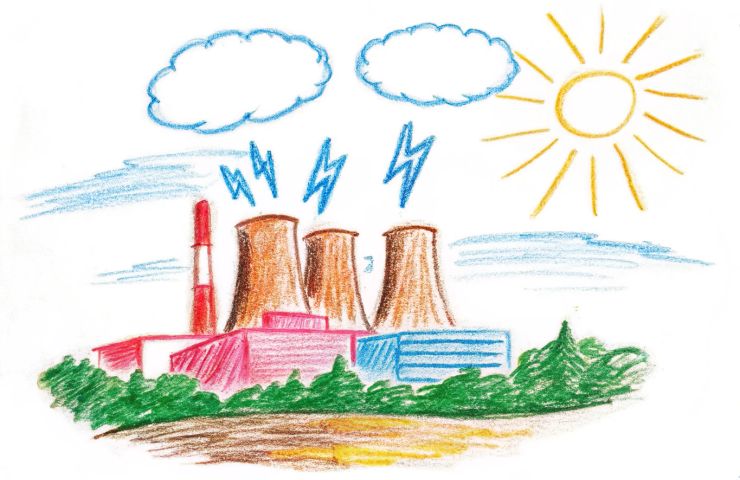Hydrogen-Natural Gas Blend Cuts Emissions 22% in U.S. Power First
Georgia Power and Mitsubishi Power successfully completed the world’s largest utility-scale hydrogen blending trial, running a 50% hydrogen mix in a gas turbine near Atlanta. The breakthrough cut CO₂ emissions by 22%, offering a scalable decarbonization path using existing infrastructure.


Georgia Power and Mitsubishi Power have pulled off a major milestone — they’ve wrapped up a large hydrogen blending test in a gas turbine. This trial took place at Plant McDonough-Atkinson, just outside Atlanta, and marks a huge step toward cleaner power without scrapping existing infrastructure.
Big results from a 50/50 hydrogen blend
In the test run, held between May and June 2025, the team successfully operated the turbine using a 50/50 mix of hydrogen and natural gas. The outcome? A solid 22% drop in CO₂ emissions compared to using natural gas on its own. That’s some serious progress in the push for industrial decarbonization.
Reliable performance across the board
The trial wasn’t just a one-off success story. The upgraded M501GAC air-cooled turbine handled a range of hydrogen blends—starting at 5% and ramping all the way up to 50%—without skipping a beat. This kind of reliability shows that hydrogen infrastructure upgrades can work with today’s tech, not just tomorrow’s.
A crucial step in the path to zero-emission technology
Parent company Southern Company sees the pilot as a cornerstone in its plan to cut carbon emissions over the short term. For other utilities watching closely, this could be a glimpse into the future — one where sustainable energy is achievable without sacrificing grid stability or blowing up the budget. Hydrogen blending might just be the bridge between fossil fuels and full-on zero-emission technology.
What’s next? Overcoming real-world challenges
Of course, there’s more work ahead. Making large-scale hydrogen use a reality means tackling a few big hurdles — like boosting hydrogen production, setting clear regulations, and getting the supporting infrastructure up to speed. But if this trial is any indication, we’re heading in the right direction — and faster than many expected.
What's Your Reaction?


























































